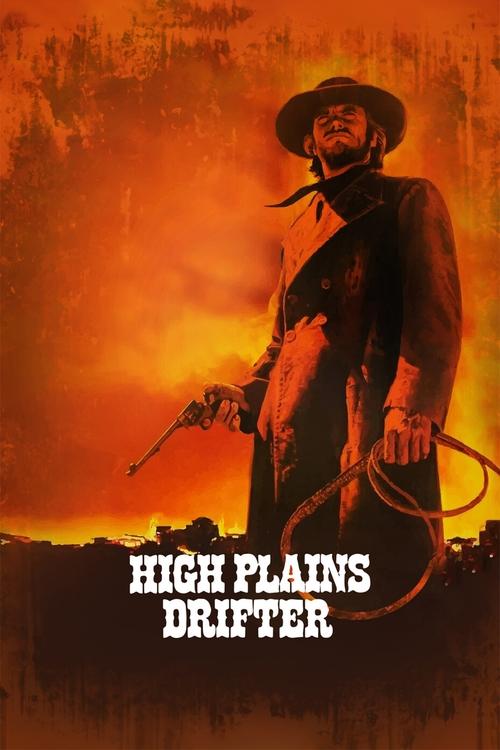
Title: High Plains Drifter
Year: 1973
Director: Clint Eastwood
Writer: Ernest Tidyman
Cast: Clint Eastwood (The Stranger),
Verna Bloom (Sarah Belding),
Marianna Hill (Callie Travers),
Mitchell Ryan (Dave Drake),
Jack Ging (Morgan Allen),
Runtime: 105 min.
Synopsis: A gunfighting stranger comes to the small settlement of Lago. After gunning down three gunmen who tried to kill him, the townsfolk decide to hire the Stranger to hold off three outlaws who are on their way.
Rating: 7.342/10
A Ghostly Gunslinger in the Moral Wilderness: Decoding High Plains Drifter
/10
Posted on July 16, 2025
Clint Eastwood’s High Plains Drifter (1973), his first Western as director, is a haunting meditation on justice, vengeance, and the spectral residue of guilt, wrapped in the stark trappings of the genre. The film’s power lies not in its narrative simplicity a nameless stranger arrives in the desolate town of Lago to confront its cowardly inhabitants but in its audacious blend of mythic archetype and moral ambiguity. Eastwood, both star and director, crafts a tale that feels like a fever dream, where the Western’s rugged individualism collides with supernatural unease, leaving viewers to wrestle with its unsettling aftertaste.
Eastwood’s direction is the film’s heartbeat, wielding silence and space with surgical precision. The town of Lago, perched on the edge of Mono Lake’s alien landscape, becomes a character itself its isolation amplifying the moral decay of its residents. Cinematographer Bruce Surtees paints this world in muted browns and ghostly reds, especially in the film’s hellish climax, where the town glows like a furnace of retribution. The visual language is deliberate, almost painterly, with wide shots that dwarf the human figures against the vast, unforgiving terrain, evoking a sense of cosmic judgment.
The screenplay, credited to Ernest Tidyman, is lean yet layered, embedding questions of morality without preaching. The Stranger, a cipher who may be a ghost or an avenging angel, challenges the town’s complicity in a past crime. Eastwood’s performance is magnetic in its restraint his squint and sparse dialogue carry mythic weight, yet he avoids caricature. However, the supporting cast, including Verna Bloom and Marianna Hill, feels underutilized, their roles more symbolic than fleshed out. This is a minor flaw, as the film’s focus is less on character depth than on collective guilt, but it occasionally leaves emotional beats feeling thin.
Dee Barton’s score is another standout, its eerie, minimalist strains amplifying the film’s otherworldly tone. The music doesn’t just underscore the action; it haunts the edges, like a whisper from the void. Yet, the film’s pacing can falter, particularly in the second act, where repetitive confrontations slow the momentum. This doesn’t derail the experience but tempers its intensity, making the explosive finale feel both earned and slightly overdue.
Ultimately, High Plains Drifter is a Western that refuses easy categorization, blending genre tropes with existential dread. Eastwood’s vision bold, strange, and unflinching challenges viewers to confront the shadows of justice, making the film a singular, if imperfect, gem in the Western canon.
0
0
